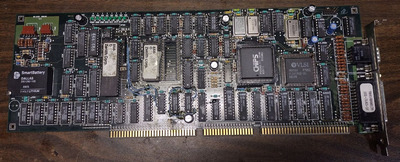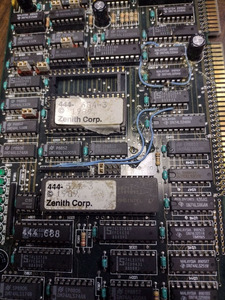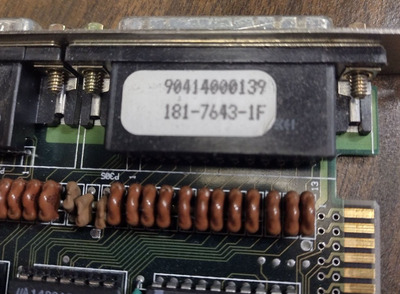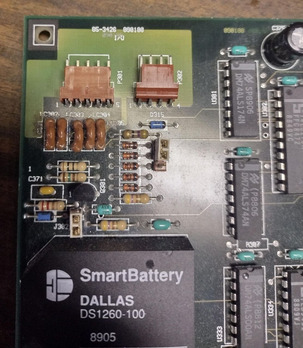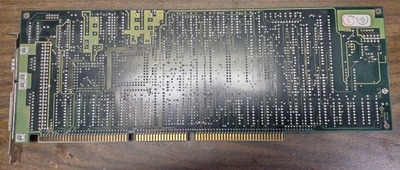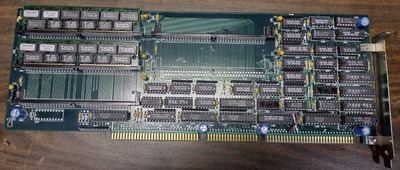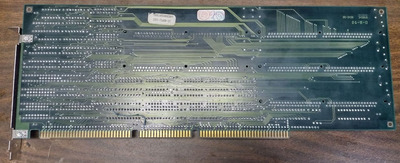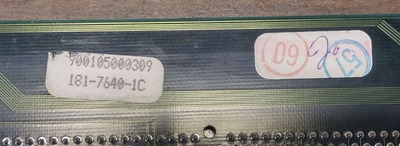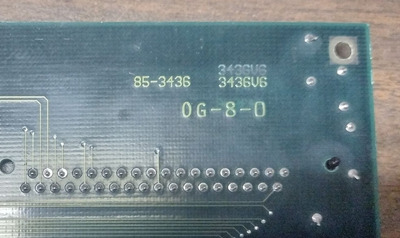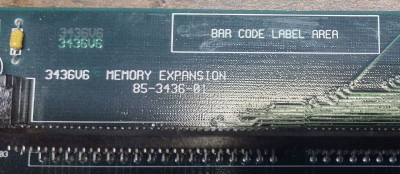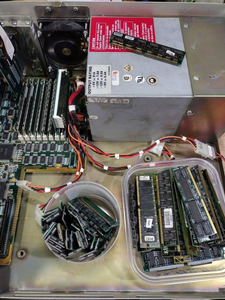First post, by OtakuN3rd
- Rank
- Newbie
Hi Vogons,
I am working on a Zenith 386DX system (Model Z-386/25) and am having a hard time finding documentation on a couple expansion cards that came in the system and wanted to know if anyone here could help. One is an I/O card (part number 85-3426) that has the BIOS chips, Serial ports, Parallel port, and a bunch of other logic and the other is a Memory Expansion board (part number 85-3436-01).
It is more of a backplane setup than a traditional PC, and is very similar to the Heathkit H-386 series, but the Zenith has the CPU on the motherboard where the Heathkit has it on a daughter card. The Motherboard/backplane has a few jumpers documented at Stason, but the I/O card is not referenced.
Additionally, I am at a loss for any info regarding the memory expansion card. I can get RAM detected using the onboard RAM slots, but nothing on the expansion card. The expansion card was included in the machine when I got it with 4x 1MB 72pin SIMMs onboard and 2x 2MB SIMMs on the expansion card. I will try to add a reply below with the pictures of the memory expansion card.
